The parties to the social partnership are managers and employees of enterprises. They enter into appropriate relations, enter into agreements, form interacting bodies. 
What is social partnership?
In the sphere of production, a complex of mechanisms and institutions for coordinating the interests of its participants operates. It is based on equal cooperation. The concept of social partnership is used in the manufacturing sector relatively recently. The development of this institution is considered one of the key tasks in the process of strengthening the social orientation of a market economy. Parties to social partnership are traditionally trade unions and business associations. In Russia, the so-called tripartist structure operates. In it, the state acts as a third party to social partnership. Its activities, among other things, are aimed at providing guarantees for the execution of agreements. Achievement of the coordination of interests within the framework of emerging relations is carried out through collective bargaining. During them, the parties to social partnership discuss and approve the conditions for professional activity, its payment, and the provision of guarantees. The role of participants in the functioning of the enterprise is also agreed.
Institute specifics
The system of social partnership ensures the achievement of a relative balance of interests of employees and employers on the basis of a compromise and leads to consensus. It acts as an effective tool for combining public justice and economic efficiency. In industrialized countries, there are various forms of social partnership. The corporatist structure involves the creation of special bodies, mechanisms and procedures. It is quite common in Japan, Sweden, the Netherlands, Germany, Switzerland and other countries. In Austria, for example, there are forms of social partnership such as parity commissions, advisory committees and councils. In states where there are no special institutions of interaction, the so-called pluralistic structure of relations is developed. This situation is typical for Canada, the UK and other countries. In these states, the coordination of interests is carried out through the traditional political process through parties, trade unions, parliaments and the interaction of employers and employees in the framework of individual enterprises. 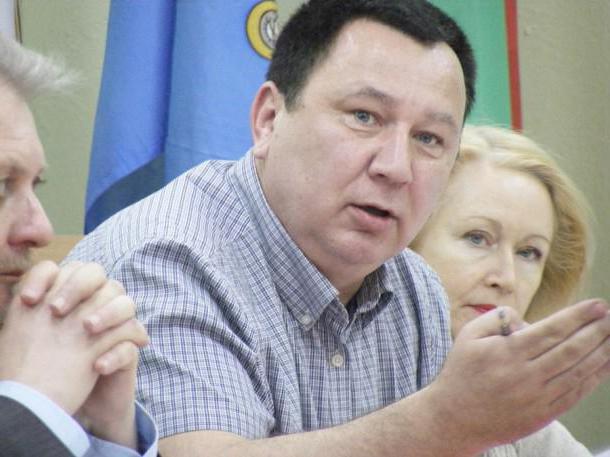
Key areas
Currently, the forms of social partnership existing in Russia are not sufficiently developed. For more active promotion and improvement of the institution and mechanisms, the state needs to conduct appropriate propaganda. This task can be realized through public advertising, at various conferences, seminars, through outreach, including through the Internet, as well as through active interaction with the media.
Parties to social partnership: employers
The interaction of the participants in the production process should be through their representatives. In this regard, the legislator included in the TC a special chapter, which defines the circle of authorized entities, as well as the legal status of each party to social partnership.Representatives of the employer, in particular, are the head of the enterprise or persons appointed by him to perform the relevant functions. The director of the organization concludes an employment contract with each full-time employee (a sample document is presented in the article). It establishes the key provisions for further interaction in the course of the implementation by subjects of professional activity at one enterprise. In accordance with the conditions prescribed in the document, the head of the organization exercises the rights and executes employer responsibilities. This means that the director of the enterprise carries out all the actions on behalf of the employer. This provision is included in the employment contract.
A sample document may also contain paragraphs establishing the ability to speak on behalf of the enterprise and other governing bodies. For example, it can be a board of directors or a specially authorized person. This provision is reflected in the constituent or local regulatory documents. In addition, the possibility of granting authority to a management company or an individual entrepreneur should be considered. These entities will carry out actions on behalf of the enterprise, including in the framework of social partnership, unless otherwise provided by the charter.

External manager
Recently, another type of representation has become quite widespread. Upon recognition of the insolvency of the enterprise and the opening of bankruptcy proceedings or upon the introduction of external management, the contract of the employee and employer shall be terminated. Administration is entrusted to the subject appointed by the court. An external or bankruptcy trustee represents the interests of the employer when changing or concluding a collective agreement, as well as in the process of exercising by employees of the enterprise the right to participate in management.
Associations
There are various levels of social partnership: regional, federal, intersectoral, territorial, etc. At each of them, the interests of entrepreneurs are represented by their associations. These are non-profit organizations, the composition of which is formed on a voluntary basis. They represent the interests of employers when interacting with trade unions, government agencies, and local structures. The associations of employers do not pursue the goal of making profit from their activities and do not distribute income among their members. They carry out their activities independently of state bodies, local authorities, trade unions, parties and other organizations.
Employee representatives
The main entities authorized to defend the interests of workers are trade unions and trade unions. They, in turn, act through their authorized bodies. In accordance with the legislation, trade unions are structures formed on the basis of the provisions of the charter. A proxy can also act as a body - a trade union representative - the head, trade union organization, trade union organizer, or other entity. His powers are defined in the charter. At the territorial, federal, sectoral and regional levels, when signing agreements, approving directions and conducting consultations on socio-economic policies, the interests of employees are represented only by trade unions and relevant organizations. 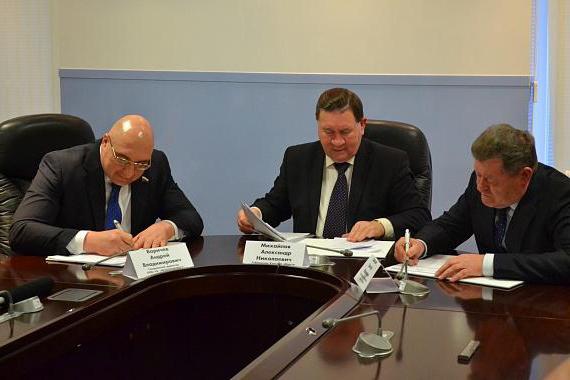
All-Russian associations
They are formed from representatives of trade unions on a voluntary basis in accordance with the charter and constituent agreement. The documentation should indicate the goals, objectives, name of the association. The charter defines the composition of the participants, the territory in which the organization operates. It also establishes the order in accordance with which the formation of trade unions, the terms of reference are carried out.
Primary organizations
They represent the interests of employees within specific enterprises.The general rule of their functioning is provided for in art. 30 shopping mall. In accordance with the norm, the primary trade union organization and its structures represent the interests of workers in the trade union. However, there is an exception to this rule. In some cases, a trade union organization is the representative of all employees of a particular enterprise, regardless of their membership in the union. These situations are defined in Art. 37 shopping mall. In accordance with the norm, a trade union organization represents the interests of all employees if:
- It unites more than 50% of employees.
- Two or more primary structures, in which more than half of the employees generally comprise, formed a single body.
- At the general meeting of employees, a trade union organization was selected, which is entrusted with participating in collective bargaining on behalf of all employees of the enterprise.
Moreover, from those workers who are not members of the primary trade union, authority is not transferred. The possibility of representation on behalf of all employees is provided for participation in collective bargaining, amending or concluding an agreement, as well as resolving disputes. Defending the interests of all employees in other forms of social partnership is not defined by law. This gap can be filled by introducing an appropriate condition in the collective agreement. 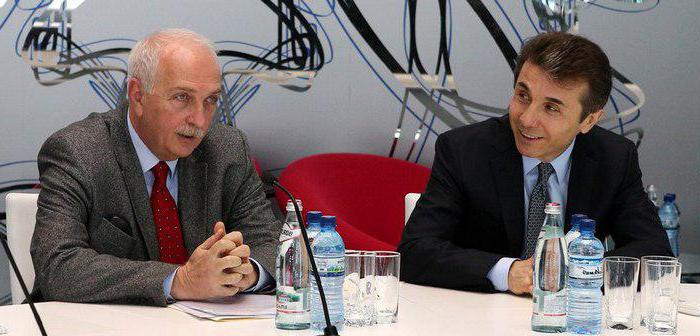
Features of cooperation
The TC defines the forms in which social partnership is carried out. They are presented as specific types of interaction between employer representatives and employees. According to Art. 27 TC social partnership can take the form of:
- The participation of employees and their representatives in the management of the enterprise.
- Mutual consultation. In the course of them, discussion of issues related to the regulation of professional relations is provided. In particular, the responsibility of the employer for the employee, guarantees of the rights of employees are explained. In addition, problems of improving legislation are discussed.
- Collective bargaining. They are preparing agreements that establish key provisions for the activities of participants in relations, the responsibility of the employee and employer for their non-fulfillment, as well as their signing.
- The participation of representatives of the employer and employees in the resolution of disputes arising in the framework of professional activities.
These forms of partnership are considered basic. In addition to them, the formation of organs on an equal footing is provided for solving urgent specific problems. These can be HSE commissions, employment coordination committees, and so on. 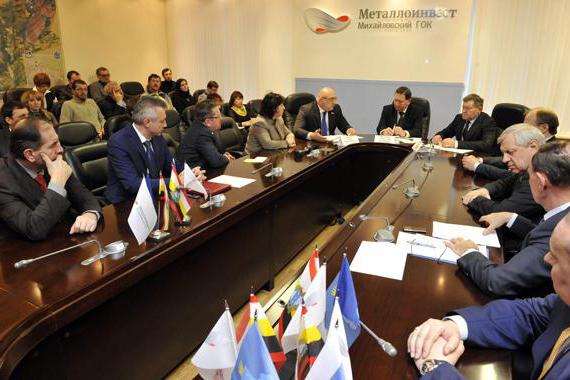
Art. 9 TC
This norm provides for the responsibility of the parties to social partnership. It is installed in specific cases. In particular, negative consequences may arise due to:
- Evasion from participation in negotiations, failure to provide information necessary for their implementation and monitoring compliance with the collective agreement.
- Violations of the terms or non-fulfillment of clauses of the contract.
In Art. 55 of the Labor Code provides for a fine. It is appointed in case of non-fulfillment or violation of the terms of the agreement. The size and procedure for the collection of fines are determined in the Code of Administrative Offenses. In the code this liability is provided only for representatives of the employer.
Sanctions
The following are the grounds for imposing administrative fines:
- Evasion from negotiations on the conclusion of a collective agreement or violation of the deadline for its signing. The employer is obliged to send his representatives to a meeting with the authorized body of employees. In case of violation of this requirement, a fine of 10-30 minimum wages is established.
- Failure to provide information necessary for organizing and conducting negotiations and monitoring compliance with the terms of the agreement. For this violation, the perpetrators face a fine of 10-30 minimum wages.
- Unreasonable refusal to sign a collective agreement.For such an action, the Code of Administrative Offenses establishes a monetary penalty of 30 to 50 minimum wages.
- Failure to comply or breach of obligations under a collective agreement. CAO establishes in this case a fine of 30-50 minimum wages.
- Evasion from receiving complaints from employees and from participating in a conciliation procedure, failure to provide premises for holding a conference (meeting) or creating obstacles to the organization of these events. These actions are punishable by a fine of 10 to 30 minimum wages.
- Failure to comply with the terms of the agreement. In this case, the perpetrator faces a penalty of 20-40 minimum wages.
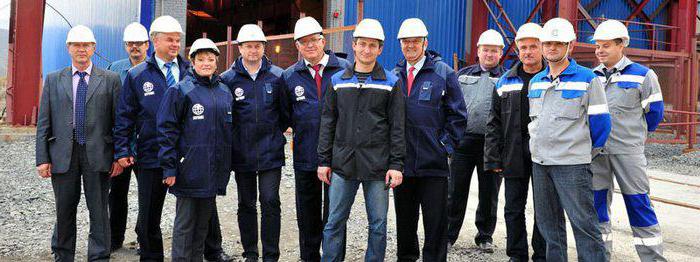
Government involvement
Social partnership is a fairly multifaceted phenomenon. It can develop both on a bilateral and trilateral basis. In the latter case, state and local authorities also participate in relations. In particular, they are involved in the formation and functioning of permanent social partnership structures, project development and the signing of agreements. Their inclusion in relations is determined by the need to take into account the interests of society as a whole, and to coordinate the development of collective regulation of interaction in the professional sphere.
In practice, state bodies and local authorities are not a party to partnership, but are third independent participants in negotiations or consultations. They assist representatives of employers and employees in finding compromise solutions, take their interests into account when developing public policy, solving legal and managerial tasks.
The secondary role of state bodies and local structures is manifested in the fact that they are not involved in all forms of partnership. Employers and employees often interact without the involvement of third parties. This is especially evident at the local level. Within one enterprise, interaction is carried out on a bilateral basis. Preparation and signing of agreements is also carried out only by representatives of the employer and employees, if they make such a decision. In this regard, state structures and local authorities are not considered parties to the partnership. They do not receive any authority in a relationship. Accordingly, state bodies and territorial power structures are not liable for agreements signed with their participation.
Conclusion
The ILO Convention states that the presence of elected authorized representatives of employees should not be used to undermine the situation of interested unions or their bodies. The interaction between professional associations and other persons who defend the interests of employees should be encouraged. This provision of international law was also adopted by domestic law. In Art. 31, part 2 of the Labor Code, it is determined that the presence of another representative cannot be an obstacle to the exercise of authority by the trade union organization. In Art. 16 of the law governing the activities of professional associations, cooperation is proclaimed as a key principle in the formation of relations between all representative structures of workers. In this case, the employer must create appropriate conditions to ensure the normal functioning of these entities. In particular, under Art. 377 of the Labor Code, the employer is obliged to provide premises for the conference (meeting) to elected trade union organizers, to provide the opportunity to post information, and so on. Similar provisions are provided for in Art. 28 of the law governing the work of trade unions. The specific obligations of the employer may also be defined in collective agreements.








